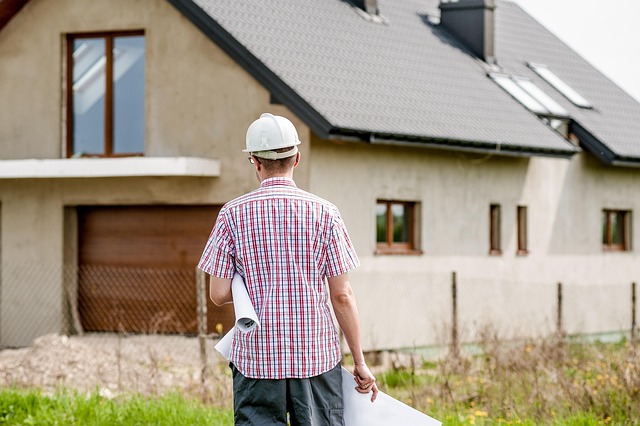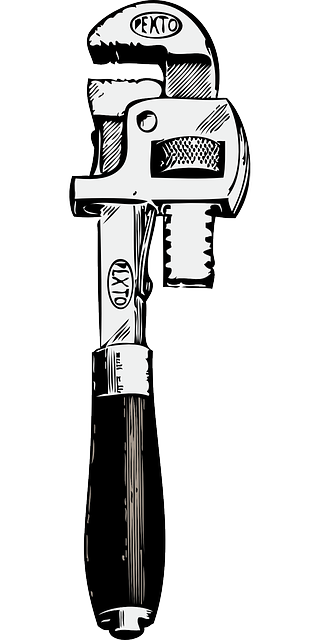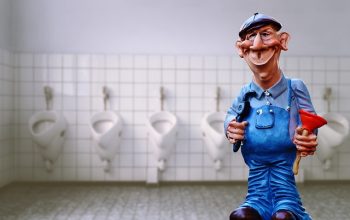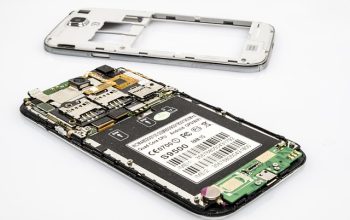Homeowners can effectively manage appliance installation, repair, and maintenance by understanding common issues, using proper tools, and prioritizing safety. A systematic approach for installation, regular cleaning, and basic troubleshooting extend appliance lifespans. For complex issues or warranty claims, professional technicians provide convenient solutions. Regular maintenance, including expert advice from professionals, ensures appliances remain energy-efficient and perform optimally.
Appliance installation and repair are essential aspects of home repair and maintenance, ensuring your kitchen and living spaces function smoothly. This comprehensive guide delves into the world of appliance care, covering common issues and their causes. Learn about the necessary tools and safety precautions for DIY installations. We provide a detailed step-by-step guide for major appliance installation at home and offer insights on when to seek professional help. Additionally, discover DIY troubleshooting tips for small appliances and effective maintenance routines to extend their lifespan.
- Understanding Common Appliance Issues and Their Causes
- Essential Tools and Safety Precautions for Appliance Installation
- Step-by-Step Guide to Major Appliance Installation at Home
- When to Call a Professional for Appliance Repair
- DIY Troubleshooting Tips for Small Appliances
- Effective Maintenance Routines to Extend Appliance Lifespan
Understanding Common Appliance Issues and Their Causes

In the realm of home repair and maintenance, appliance installation and repair top the list of tasks for many homeowners. Common appliance issues range from simple troubleshooting, like a refrigerator not cooling or a washing machine not draining, to more complex problems such as an oven not heating or a dryer that won’t start. Understanding the causes behind these issues is half the battle won.
Many times, the issues stem from basic wear and tear, improper usage, or unplugging during power surges. Other factors include outdated appliances not designed for modern electrical systems, faulty wiring, or even environmental conditions like extreme temperatures affecting performance. Familiarizing yourself with these causes allows for effective troubleshooting and proactive maintenance, extending the lifespan of your appliances and reducing the need for frequent professional intervention.
Essential Tools and Safety Precautions for Appliance Installation

When undertaking appliance installation or repair, having the right tools is paramount for a successful and safe outcome. Basic tools like wrenches, screwdrivers, pliers, and measuring tapes are essential for disassembly and reassembly. For more complex tasks, specialized tools such as voltage testers, multimeters, and wire strippers may be required to ensure proper electrical connections and safety during high-voltage work. These tools not only facilitate the job but also protect users from potential hazards.
Safety should always be a top priority in home repair and maintenance. Wearing protective gear, including gloves, safety glasses, and earplugs, is crucial when dealing with appliances. Additionally, ensuring proper ventilation and grounding during electrical work is vital to prevent accidents. Proper disposal of old parts and adherence to manufacturer guidelines for installation can also help avoid risks associated with appliance maintenance.
Step-by-Step Guide to Major Appliance Installation at Home

Installing a major appliance at home can seem daunting, but with a step-by-step approach, it becomes a manageable task for any DIY enthusiast. First, assess your space to ensure proper fitment and access for the appliance. Measure the dimensions and verify that the doors or drawers open fully without obstructions. Next, gather all necessary tools and materials, including any hardware, instructions, and safety gear. Ensure your power outlets are compatible with the appliance’s voltage requirements.
Begin by unplugging and removing the packaging from the new appliance. Position it carefully in the designated area, aligning it with any installed guides or brackets. Secure the appliance firmly using bolts or screws provided, ensuring stability and levelness. Connect the electrical cord to the appliance and outlet, testing for proper functionality. Follow the manufacturer’s guidelines for gas connections if applicable. Once secured, test the appliance’s operations, checking all functions and ensuring they work seamlessly before using it in your kitchen or laundry room as intended for effective home repair and maintenance.
When to Call a Professional for Appliance Repair

Many minor appliance issues can be easily fixed by homeowners with basic DIY skills and a bit of know-how. However, there are times when it’s best to call in the professionals for appliance repair and maintenance. One key indicator is when the problem persists beyond simple troubleshooting. If attempts to fix it yourself have not borne fruit, it might be time to consider professional help.
Another reason to call a pro is if your appliance is still under warranty. Most manufacturers provide coverage that includes free repairs or replacements for a certain period after purchase. Engaging a professional technician ensures you can take advantage of this warranty, as many companies offer in-home service calls and repairs within the specified warranty frame. This saves you the hassle of transporting large appliances to a repair shop.
DIY Troubleshooting Tips for Small Appliances

Before calling in a professional, there are several DIY troubleshooting tips that can help you diagnose and potentially fix small appliance issues. Start by checking power sources; ensure the appliance is plugged in securely and that circuit breakers or fuse boxes aren’t tripped. Many problems can be traced to simple fixes like these.
Inspect connections, replace frayed wires, or tighten loose parts within reach. If your appliance has a control panel, verify settings and try resetting the device. For older models, check for faulty fuses or capacitors that may require replacement. Online resources and videos offer detailed steps for common issues, making home repair and maintenance more accessible.
Effective Maintenance Routines to Extend Appliance Lifespan

Regular maintenance is key to extending the lifespan of your appliances, saving you time and money in the long run. A simple yet effective routine includes cleaning your appliances thoroughly after each use. This removes built-up dirt and grime that can lead to performance issues and reduces the risk of damage or malfunction. For instance, wiping down your refrigerator regularly prevents food stains and odours from becoming embedded in the surfaces.
Additionally, scheduling periodic check-ups with a professional home repair service is invaluable. They can identify potential issues early on, perform essential parts replacements, and offer expert advice tailored to your appliances’ needs. This proactive approach ensures your appliances remain in top condition, extending their lifespans significantly while maintaining optimal performance and energy efficiency.
Appliance installation and repair are essential aspects of home repair and maintenance. By understanding common issues, equipping yourself with necessary tools, and following safety precautions, you can effectively tackle minor repairs yourself. However, for complex installations or serious problems, it’s crucial to know when to call a professional. Regular maintenance routines can significantly extend the lifespan of your appliances, ensuring they operate efficiently and reliably over time. This comprehensive guide equips you with the knowledge to navigate appliance installation, repair, and upkeep like a pro.



